I am continuing my series of favorite singing games for students! In past posts, I’ve shared favorite singing games for every grade – Kindergarten, First, Second, and Third. Today I’m sharing some of my favorite games for fourth grade! So often, some may assume as our students get older, that they may not enjoy playing singing games. The reality is, nothing could be further from the truth! My upper elementary enjoy (and need) singing games as much as my lower elementary students!
Sarasponda
This is one of those songs with a dual purpose. I teach the song as a beat-passing game at the start as a review of macrobeat and microbeat. But it also makes a reappearance in our recorder books later in the year. By teaching it as a singing game, my students look at this song fondly, even though it’s a bit of a challenge to play on recorder!
Directions:
- I usually teach songs explicitly before teaching the game, but this is one that I simply sing for the kids. I find with the repetition, they learn the song fairly quickly.
- Students stand in a circle formation.
- One student holds a medium sized ball (ask your PE teacher to borrow one)
- Students pass the ball around the circle to the beat. It’s best to practice this several times and to help students to know what it should (or should not look like)
- If students pass the ball perfectly to the beat, then the student holding the ball on the final beat is out.
- If any student passed ahead or behind of the beat, then they are called out and the last person holding the ball is safe.
- As students are called out, start a practice circle with another ball.
- Continue to play game until the last 2 students are standing.
- To make the game more difficult, try passing to the microbeat (division of the beat) instead of the macrobeat, or try changing directions after several phrases
Content
- Major tonality (resting tone: Do)
- Duple meter (beat divides in 2 – regardless of time signature – it’s how you feel it)
- Tonic, Subdominant, & Dominant chord function
- Quarter, eighth note combinations
Sarasponda
Although I’ve not done this version of Sarasponda, I came across another game to go with the song. Check out this version using lummi sticks!
Four White Horses
This is another song I front-load in the fall for our recorder unit. It’s a great hand clapping game, but I love to extend it so my kids have opportunities to create new ways to move to the beat.
Directions:
- Teach the songs to the students
- Once students can sing the song independent of you, begin to teach the hand clapping game.
- The simple version of the hand clapping game is: pat knees, clap hands together, clap partner hand across, clap hands together
- Invite students to partner up and practice the hand clapping sequence (use say & do until students perform the sequence correctly)
- Sing the song while students perform hand clapping sequence
- As pairs have success with the hand clapping sequence, invite pairs to join another group to make groups of four. Partners should sit across from their partner, making an + formation with partners
- Give groups opportunities to practice hand clapping sequence. Let them know they will need to decide which group goes high across or low across
- Sing the song while students perform hand clapping sequence in groups of 4
- Extend the activity by teaching new hand clapping sequences or giving students opportunities to create new sequences on their own. My kids LOVE creating their own 4 beat hand clapping sequences and sharing them with their classmates!
Content
- Major tonality (resting tone: Do)
- Duple meter (beat divides in 2 – regardless of time signature – it’s how you feel it)
- Tonic & Dominant chord function
- Quarter, eighth note combinations, syncopation
Four White Horses
Circle Round the Zero
I learned this singing game while completing Orff level 1 at the University of Kentucky. It’s such a silly game, but my kids love it. It’s a perfect game for those long winters/springs where indoor recess reigns eternal. Even those older kids need to get up and get the wiggles out too! (Please note – most folk songs are passed down orally – without notation! This is the version of the song I learned, but I’m aware there are variations of the melody out there.)
Directions:
- Teach the songs to the students
- Students stand in a circle formation.
- One student stands outside of the circle
- As the students sing the song, the student on the outside of the circle skips around the circle.
- One the first, “find your lovin’ zero,” the student stops and does the following motions with one partner.
- “Back, back” – bump back (I model bumping upper back), “Side, side” – students stand side to side and bump hips, “Front, front” – students clap hands across from one another.
- On the last “find your lovin’ zero,” the two students switch places, and the new student begins skipping around the circle.
Content
- Major tonality (resting tone: Do)
- Duple meter (beat divides in 2 – regardless of time signature – it’s how you feel it)
- Tonic & Dominant chord function
- Quarter, eighth, eighth-sixteenth note combinations

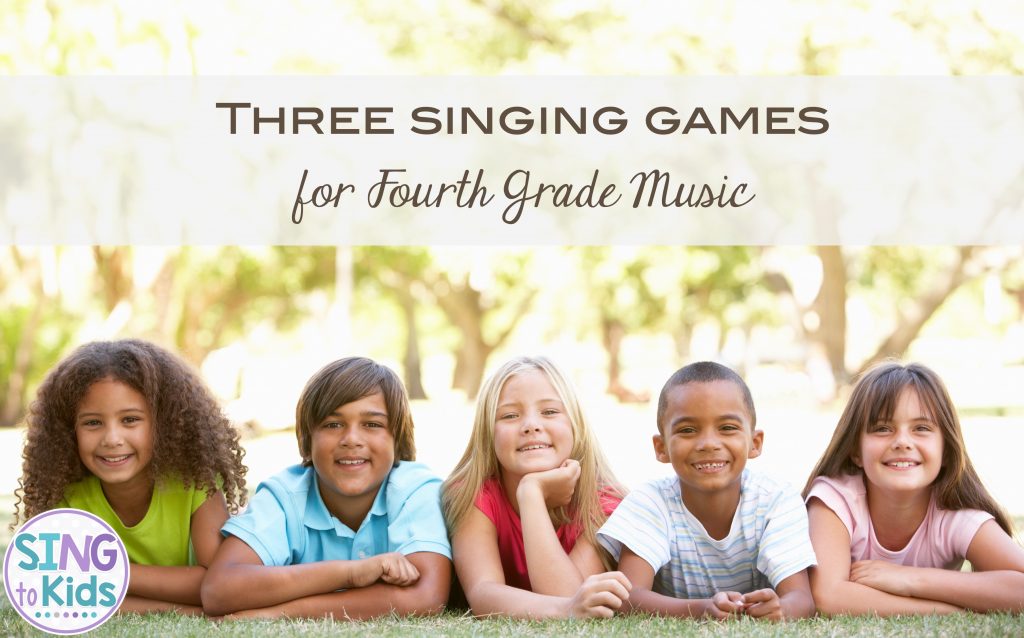
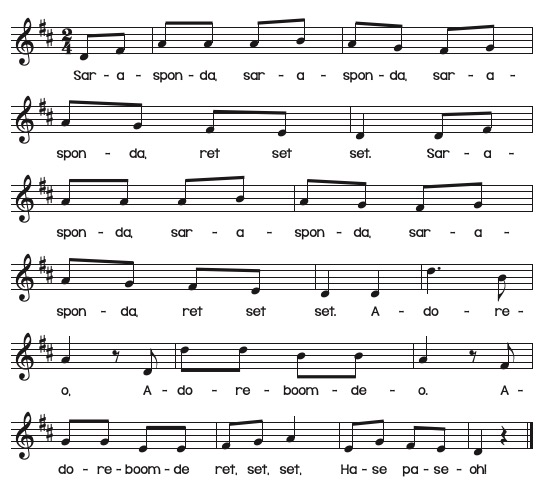
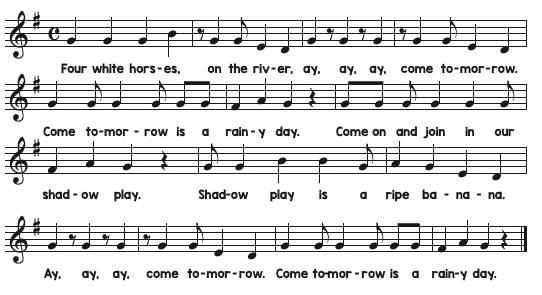
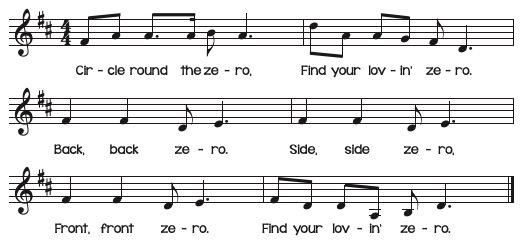

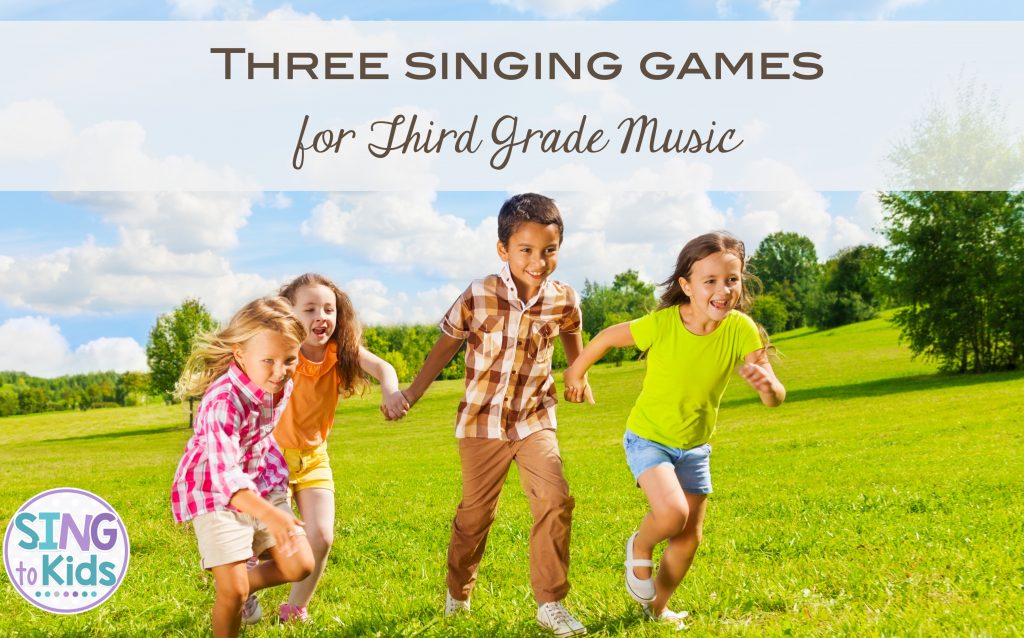

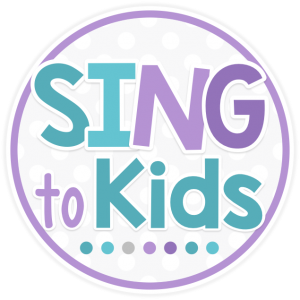
The version of Four White Horses I learned is just like yours, but in Mixolydian! Still starting on G, but with F natural instead of F sharp.
In case you’re looking for more mixolydian…